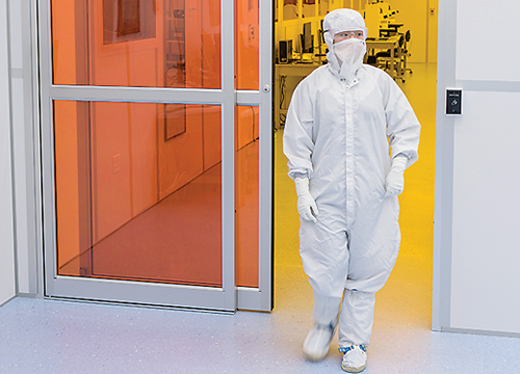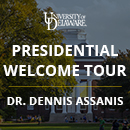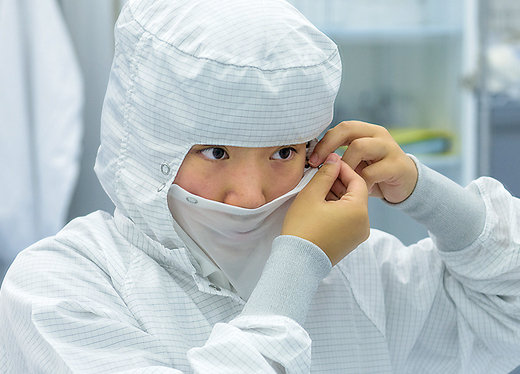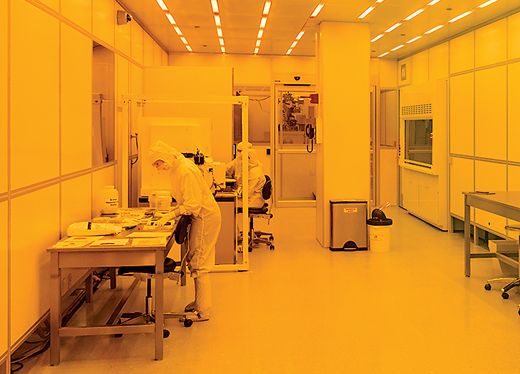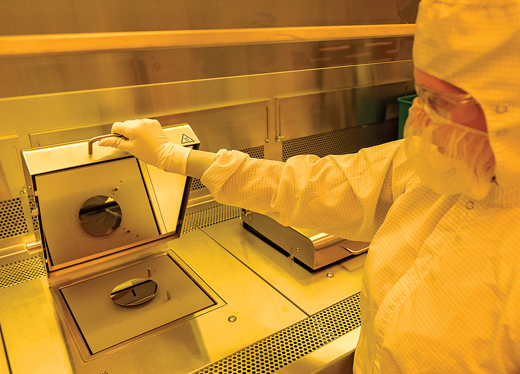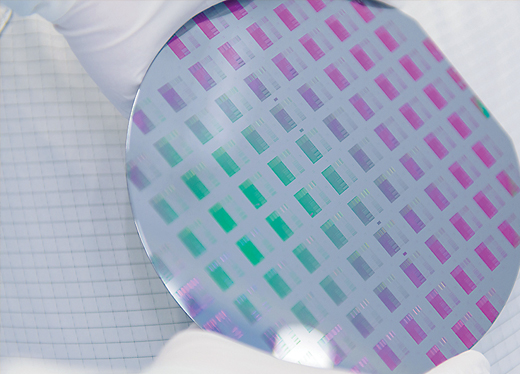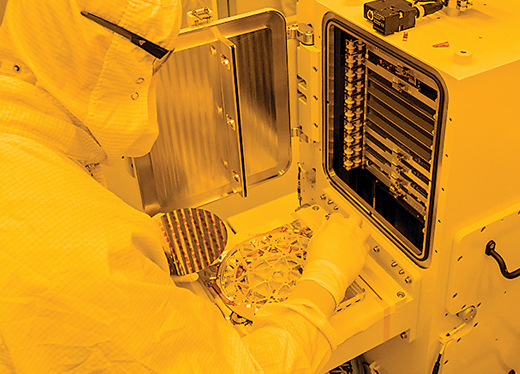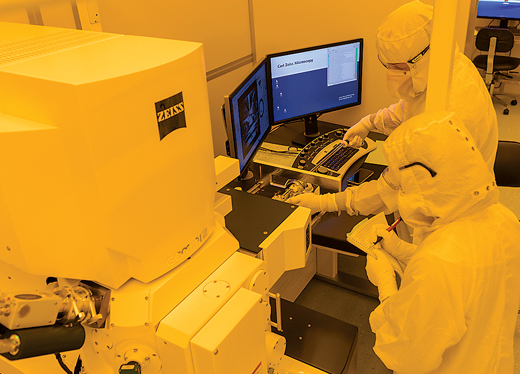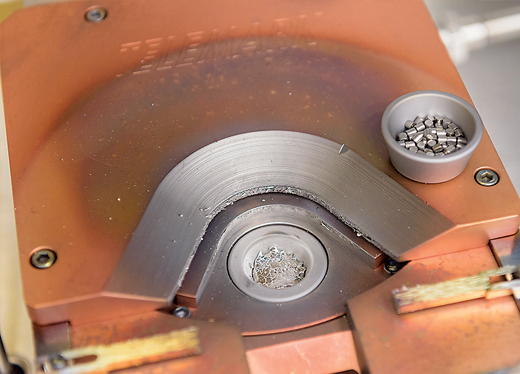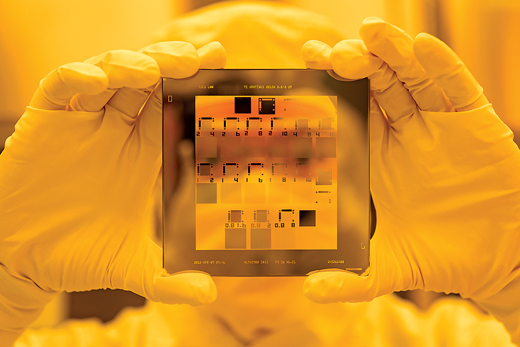
21st century machine shop
Real-world applications made possible by the new UD Nanofabrication Facility
OUR UD | To Prof. Jason Gleghorn, the cells within the developing lungs of an embryo are like a room packed with people, all talking and moving at the same time. Following the cryptic choreography of nature, billions of cells talk to each other through secreted chemicals and push, pull and twist themselves to form the airways that bring life with each breath.
“How does the body coordinate all of those cells and that level of complexity so that we end up with a functional organ?” marvels the biomedical engineering professor.
Now, at UD’s new Nanofabrication Facility, he can study the delicate steps of that intricate dance, seeing in real time the microscopic interactions between embryonic cells that ultimately create our lungs and kidneys and lives. By witnessing the mechanisms of lung development through the microfluidic devices he develops, Gleghorn hopes to one day find treatments for some of humanity’s most vulnerable patients.
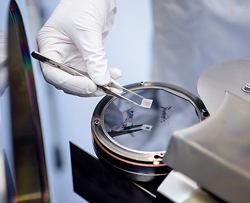
“By mapping how cells move as they grow and develop, and connecting the mechanical forces that drive these movements to biological signaling, we can identify new therapeutic targets for drugs to treat disease,” says Gleghorn, who believes the “Nanofab Lab” enables the creation of tools and technologies his research can use to potentially develop life-saving applications for premature babies with underdeveloped lungs and kidneys.
And that is just one of seemingly infinite uses for the $30 million super-clean, super-high-tech lab opened this spring in the Patrick T. Harker Interdisciplinary Science and Engineering Laboratory and branded a “machine shop for the 21st century.” But few machine shops focus on things so small, or aim for things so high.
That’s because the potential of nanotechnology—the field of manipulating matter on the smallest scale—is often limited by the challenge of creating structures with microscopic components. UD’s Nanofab gives researchers the resources needed to create structures as small as 10 nanometers (nm). As a frame of reference, a particle of dust is about 5,000 nm across, so the equipment in the Nanofab could be used to create devices so small that 500 fit on a single particle of dust. That’s the scope of the lab. By engineering surfaces, materials and devices on such a scale, scientists and engineers can examine previously hidden interactions between cells, even between molecules, and use that knowledge to design better medicines. They can design semiconductors that will power next-generation computers, or even mimic the human body’s systems in a tiny chip so that pharmaceuticals can be safely tested.
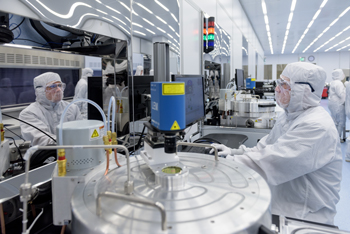
Already, researchers across the University are reaching for breakthroughs in the lab.
In the College of Agriculture and Natural Resources, Prof. Yan Jin’s group is using the lab to create surfaces that mimic the outside of fruits and vegetables, allowing them to study the mechanisms that microbes use to cling to produce and potentially develop cleaning methods that will reduce contamination and prevent food-borne illnesses.
Materials science Prof. Stephanie Law is using the lab to make materials smaller than the wavelength of light to sense infrared (heat) radiation. These materials have applications ranging from military and defense reconnaissance, to environmental monitoring of harmful chemicals, to biological imaging.
For Nanofab co-director and engineering Prof. Matt Doty, the lab will enable him to build stronger, better, smarter computer chips. “Not the iPhone 8,” he says. “The technology of 10 years from now.”
Prof. David Martin, meanwhile, is looking to help develop the next generation of bionic arms and legs. Working in the lab, he hopes to create micro-fabricated electrodes that communicate with the brain to control prosthetic devices or even the auditory and visual cortexes in the brain.
“In this day and age, you need these [nanofab] capabilities to do the kinds of cutting-edge research that matters,” says Martin, the Karl and Renate Böer Professor in materials science and biomedical engineering. “Without it, you’re going to be the tail, not the dog.”
Gleghorn agrees.
“I need it to study the body’s big network,” he says. “If you want to talk to the cells, to speak in a language cells understand, then you need to create things of a similar size and shape and composition. That’s what this lab lets us do.”


